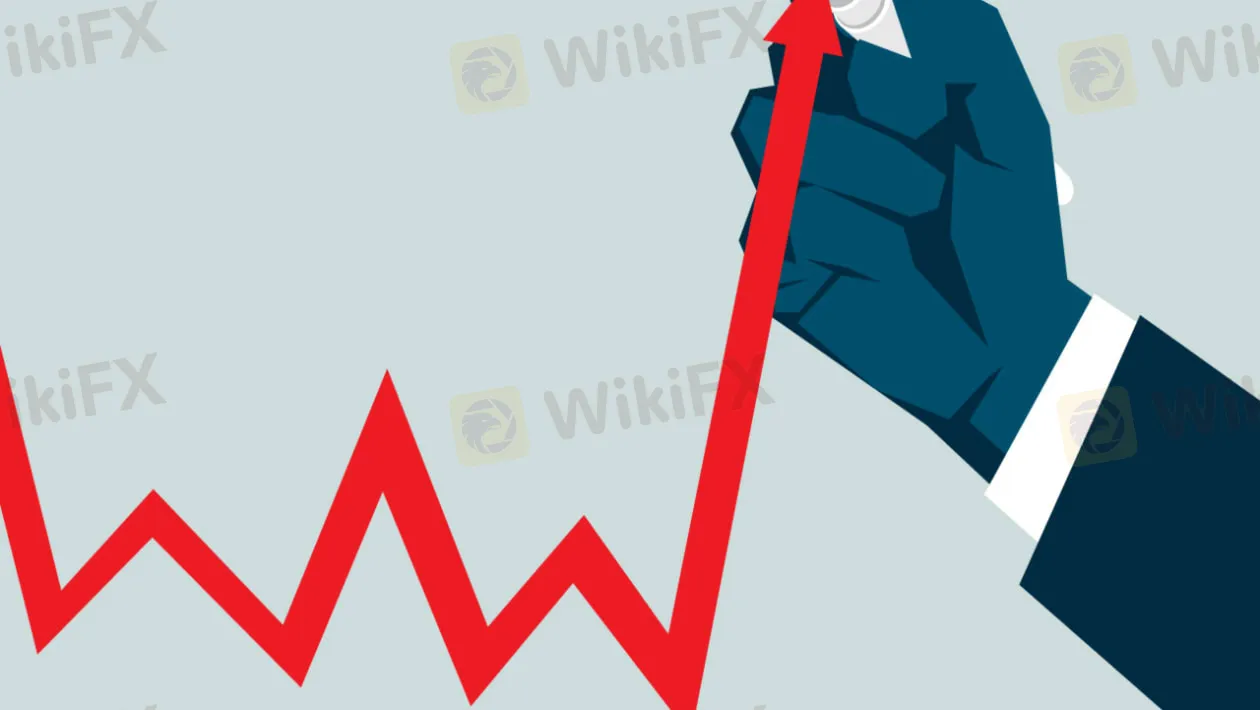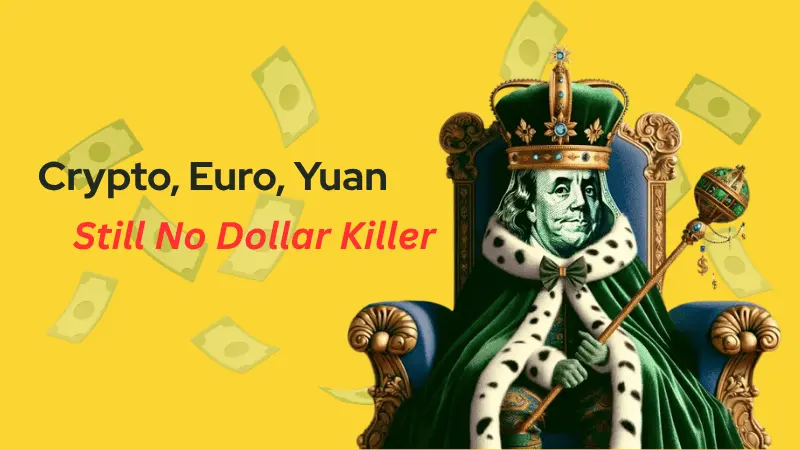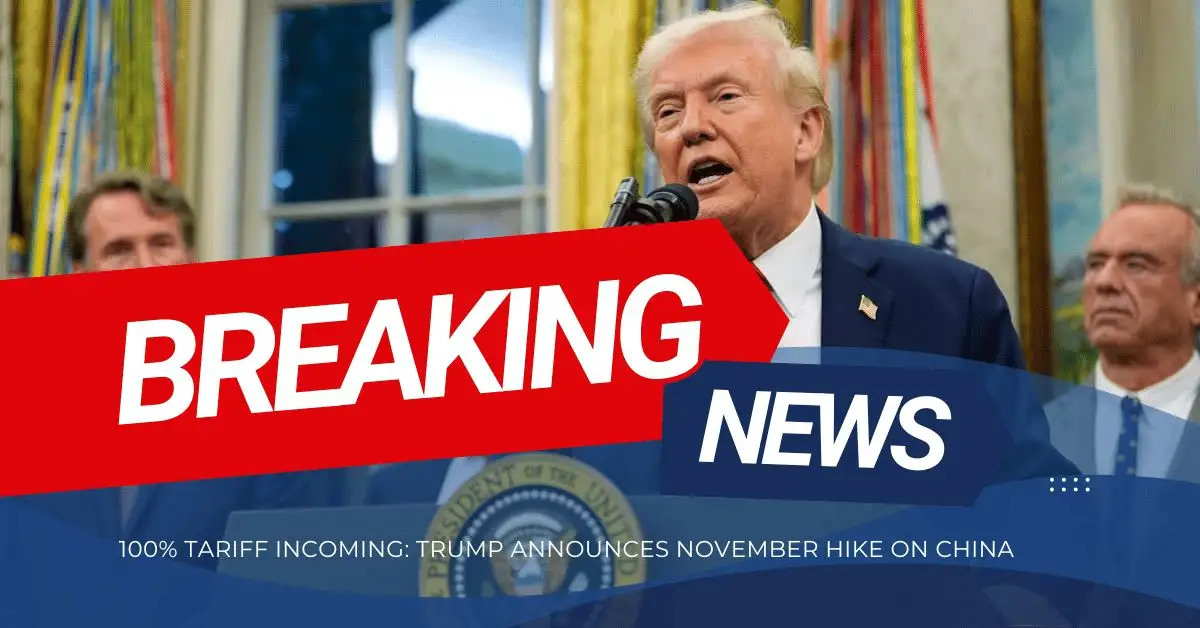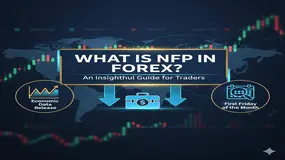Abstract:Inflation pressures show no signs of abating after the fastest annual increase since 1982, adding to pressures for a big rate hike from the Federal Reserve next month.

Inflation pressures show no signs of abating after the fastest annual increase since 1982, adding to pressures for a big rate hike from the Federal Reserve next month.
U.S. inflation accelerated to the fastest pace in four decades last month, data from the Bureau of Labor Statistics indicated Thursday, with underlying figures showing no signs of near-term relief for pinched American consumers.
The headline consumer price index for the month of January was estimated to have risen 7.5% from last year, up from the 7% pace in December and the fastest rate since June of 1982, powered largely by airfares and rental costs. On a monthly basis, inflation was up 0.6%, the BLS said, with both tallies topping Wall Street forecasts.
St. Louis Federal Reserve Bank President James Bullard said Thursday that he has become “dramatically” more hawkish in light of the hottest inflation in nearly 40 years, and he now wants a full percentage point of interest rate hikes by July 1.
“I'd like to see 100 basis points in the bag by July 1,” Bullard told Bloomberg News in an interview.
For more forex news, please download WikiFX - the Global Dealer Regulatory Inquiry APP.
Disclaimer:
The views in this article only represent the author's personal views, and do not constitute investment advice on this platform. This platform does not guarantee the accuracy, completeness and timeliness of the information in the article, and will not be liable for any loss caused by the use of or reliance on the information in the article.








